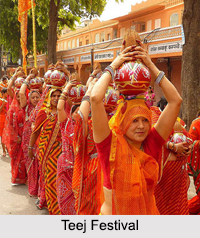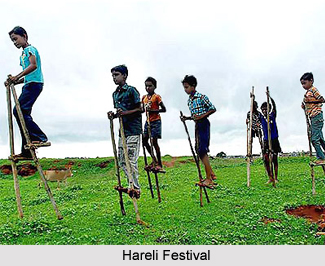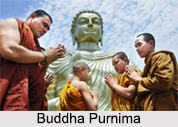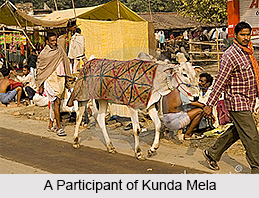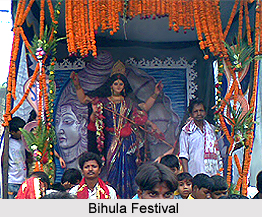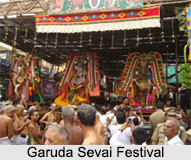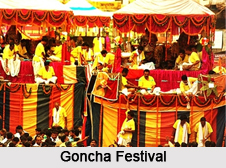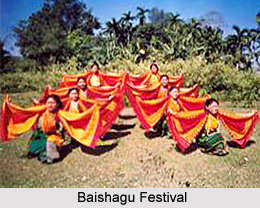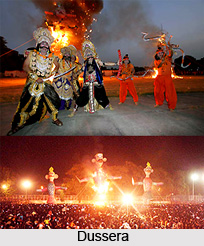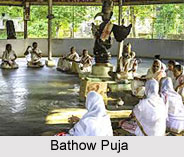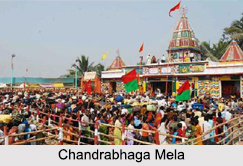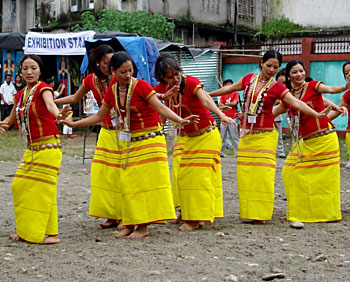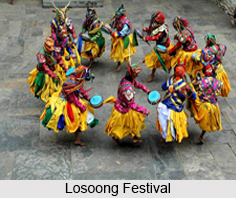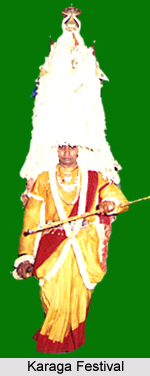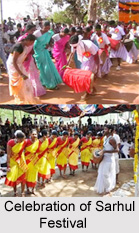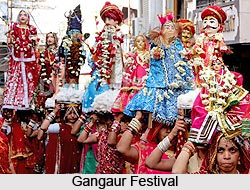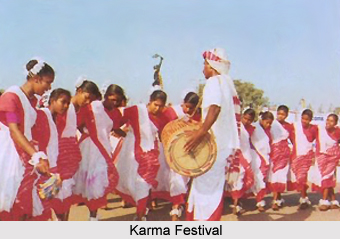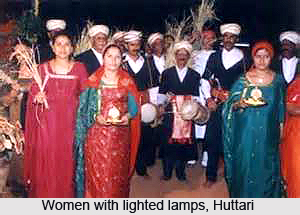 Huttari Festival is the annual rice harvest festival, which is also referred to as `Puttari` (implying `new rice`) and is celebrated in the latter part of November or the initial portion of December, in Kodagu or Coorg District of Karnataka. The local communities of Kodagu who communicate in Kannada language generally address Puttari as `huttari`, whose preparations commence an entire week in advance. Known to be the grandest of the Coorg festivals including `Kaveri Shankaramana` and `Keil Poldi`, Huttari is observed with intense enthusiasm by the regional communities of this Indian district. Generally celebrated on a full moon day, Huttari is organised on different days, varying as per the various parts of the Kodagu District.
Huttari Festival is the annual rice harvest festival, which is also referred to as `Puttari` (implying `new rice`) and is celebrated in the latter part of November or the initial portion of December, in Kodagu or Coorg District of Karnataka. The local communities of Kodagu who communicate in Kannada language generally address Puttari as `huttari`, whose preparations commence an entire week in advance. Known to be the grandest of the Coorg festivals including `Kaveri Shankaramana` and `Keil Poldi`, Huttari is observed with intense enthusiasm by the regional communities of this Indian district. Generally celebrated on a full moon day, Huttari is organised on different days, varying as per the various parts of the Kodagu District.
Prior to the celebration of Huttari festival, the homes are whitewashed and cleaned properly and finally adorned with a series of stringed mango leaves and marigolds, the latter being practised on the exact day of the festival. After the Coorg menfolk take their bath, they are clad in their traditional attire which involves a `kupya` and makes a mat on the threshing floor of the household. Thereafter, the nere is manufactured with some leaves which are collected from a tree, after being bunched 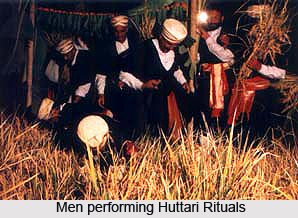 and tied together. The Huttari basket is filled with rice flour, rice and paddy by the lady of the home. Then, a vessel composed of hollow bamboo or `kutti` which is filled with sesame seeds, honey, ghee, milk and a sickle is placed near the basket. An areca, a plate containing rice and betel leaves and a three legged stool or `mukkali` along with the lamp or `bolcha` is also kept close to the vessel and the basket. A basket filled with honey and puffed rice is then sent into the fields.
and tied together. The Huttari basket is filled with rice flour, rice and paddy by the lady of the home. Then, a vessel composed of hollow bamboo or `kutti` which is filled with sesame seeds, honey, ghee, milk and a sickle is placed near the basket. An areca, a plate containing rice and betel leaves and a three legged stool or `mukkali` along with the lamp or `bolcha` is also kept close to the vessel and the basket. A basket filled with honey and puffed rice is then sent into the fields.
A great dish is filled with rice, and a lighted lamp is placed over it, after which is taken by the women of the household and this container is carried by unmarried girls, to the fields, ahead of all the members of the family. The head of the entire family carries another basket which contains milk, sickle and honey and the milk is poured at the base of the paddy, amidst loud shouts or `Poli, Poli Deva`, which implies `Shower, Shower O God!` asking for a good harvest. The nere is tied with the kutti, close to the base of the paddy plant, followed by a singular gunshot into the air. The paddy leaves are kept in the basket after being cut in numbers of 5, 7, 9 and 11 and eventually distributed amongst the assembled people.
Then the people come back to the threshold region and shout `Poli, Poli Deva`, where rice stalks are kept. An unmarried, young girl welcomes the kutti bearer by washing his feet and offering him milk. The man carrying the kutti touches the feet of his elders and receives their blessings. A special food dish is made with ingredients like gourd skin, coconut, ginger and rice flour which are all utilized to make the `Elakki Puttu`, a steamed preparation of rice. Tiny balls composed of honey. Milk and bananas are kept on pipal leaves. Other dishes which are given to kutti bearer include sweet rice `payasam` (made with milk and preparation of sugar and new rice) and `Thambutt` (made from sesame seeds, rice flour, coconut scrapes and bananas). A significant portion of the festival is the offering of `Meedi` for one`s ancestors. First of all, cooked food is kept aside for the ancestors.
Firecrackers are lit by the youngsters of the district, which is a sign of prosperity, while young people pay visit to their neighbourhoods and perform certain dances, in exchange for monetary gifts. A great feast is organised in the entire district, just after an entire week by pooling the monetary resources, which serves as a communal dinner. The meal is cordially attended by all the family members, who enjoy delicious food items like non-vegetarian dishes. During such merrymaking and feasts, alcoholic beverages are also served. Several forms of stick dances or `kol` are exhibited during this festival.
`Pariya Kali` or `Dance of the Shields` is also performed at the conclusion of the dances. However, presently, sticks are often employed rather than shields. The dancers dance in pairs, striking each other below the knees. If one dancer is more skilled than the other, the dance is ultimately stopped and the performers hug each other at the end of three rounds. Huttari festival represents a unique form of thanksgiving in return for the abundant bounty enjoyed by the villagers or residents of the Kodagu district.
